KOLLEKTIVNYE DEYSTVIYA (COLLECTIVE ACTIONS). THE DESCRIPTIONS OF ALL THE ACTIONS, Photo and Video
JOURNEYS TO THE COUNTRYSIDE. VOLUME SEVEN

74. CANS
At Panitkov’s dacha in Lobnya the organizers distributed 3-liter glass cans among 12 of 24 total participants. After that the whole company headed to Kiovogorskoe field. On the field’s edge the participants were prompted to form two equal groups, one with cans (12 persons) and another without them (12 persons). Panitkov put inside the cans pieces of blue and white calico. A.M. asked the participants to form 12 pair, each of those should be consisting of one person with a can and one without it. The such assembled pairs were instructed to distribute themselves along the field’s perimeter at equal distance from each other. After that each participant without a can (in each pair) was supposed to stay on the field’s edge, while his partner was to walk towards the center of the field (holding the can behind his back so that his partner could see it) until stopping at the partner’s signal. The timing of signal was to be visually estimated by participant without a can: he was supposed to set the signal at the moment when the can in the hands of his partner almost lost its form (due to distance) and turned into a point. After the signal the second participant was to stop and put the can on the ground. Then his partner was to join him.
After gathering within a perimeter outlined on the divided field with cans (two irregular concentric rings), the guests were prompted by the organizers to get together in the center of the field. Upon doing this, the participants approached a camera by one, identified themselves and specified whether they had crossed the field with a can or without one. At the same time A.M. was doubling this data in his notebook. The pairs arranged in the following order: Panitkov - Monastyrski, Brilling - Bobrinskaya, Tamruchi - Filippov, Alchuk - Ryklin, Kuskov - S. Rid, Makarevich - Nesterova, Obukhova - Backstein, Kizevalter - Konstantinova, Orlova - Ovchinnikova, Dyogot - Levashov, Elagina - Romashko, Kacharava - Albert.
Kiovogorskoe field
12nd May, 1990
N. Panitkov, A. Monastyrski
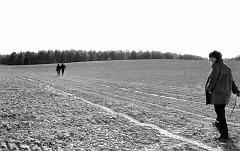 |
 |
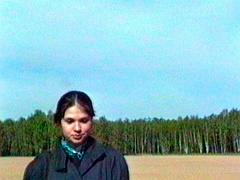 |
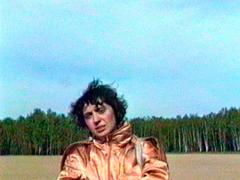 |
 |
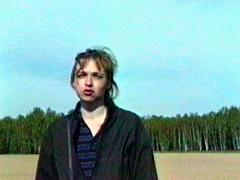 |
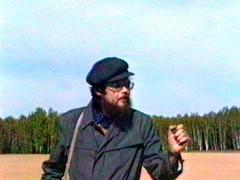 |
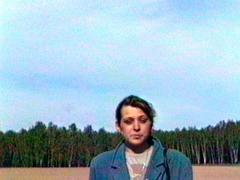 |
 |
 |
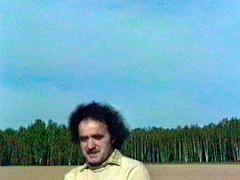 |
 |